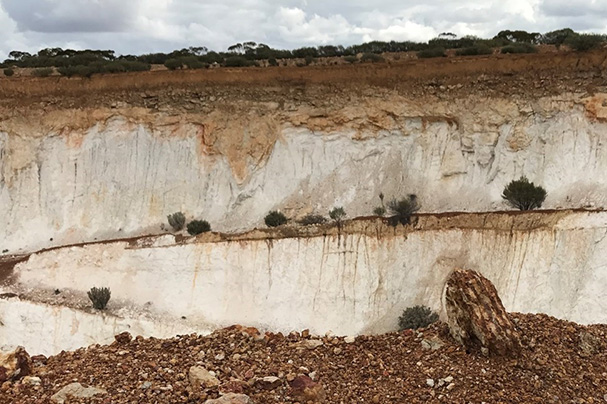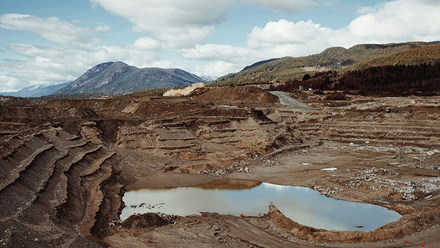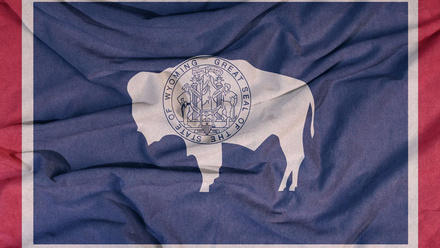Searching for precious metals in clay
A technique to analyse ultrafine particles of kaolinite clay, and find precious metals and critical minerals, has been developed by scientists in Australia.

Dr Ryan Noble of CSIRO believes the adsorbing powers of kaolinite might hold clues for companies on the hunt for valuable deposits. They hit upon the idea, 'when we conducted laboratory experiments and field trials, we noted the weathered metals of interest moving in the environment and concluded that they would be ‘collected’ on materials with active surface areas such as clays, compared to the quartz that was the bulk material in the sand dune environments'.
The UltraFine+ method developed by the group reportedly produces more reliable and sensitive results than traditional soil sampling methods and so reduces the environmental footprint of speculative drilling. Noble says, 'Soil samples are disaggregated (separated) in solution using a chemical dispersant, then allowed to settle. At a set point in time, the solution is drawn off that contains the clay-sized materials and this is then dried or centrifuged.
'Once the clay-sized material is separated, it is subject to spectral analysis (a little bit is put on the sample holder – non-destructive) and about 0.2g is digested in acid under pressure and temperature of 170°C via a microwave system, before being analysed by inductively coupled plasma mass spectrometry and optical emission spectroscopy for the element suite.'
He explains, 'This method is an improvement on soil analysis to identify those areas. It gets exploration companies into a prospective area and reduces the search space. It doesn’t specifically identify where metals/ore bodies are found.'
In terms of cost, elemental data is about AUD$40 a sample, while the spectral mineralogy and additional information is AUD$65 a sample. Noble says, 'A lot of test work has gone into developing [the approach] and comparing it to other methods. Eighty five thousand samples have been part of the recent project work at 42 sites with 30 companies.
'There are numerous positive results (and negative which is the nature of exploration). There have been some technical successes identifying mineralisation in cover with companies drilling anomalous results and finding (not economic) gold. There is a lot of links to industry use with ~190 ASX releases of results and test work.'
He ventures, 'We’ve proven it to be better than other methods, providing more information and working where it was expected to at known sites, but there are always areas where these types of methods fail – and that’s the areas I’m really interested in understanding more.' It has been tested across Australia.
They don’t have a patent, he says, as none of it is secret. 'The industry has had proprietary methods that don’t say how they work. This has led to uncertainty and a loss of confidence. We were adamant that we would not follow this path…You can tour the lab and see exactly how it is done.' He outlines ambitions to expand the project internationally, adding value by interpreting results through its Next Gen Analytics platform.
Noble shares how the discovery dates back to an early discussion on a bus in Northern Spain in 2007 with the former Chief Geochemist of the Western Australian Geological Survey; some research on gold nuggets and then nanoparticles with CSIRO colleague Dr Rob Hough; followed by student test work looking at separating fine materials and examining where gold resides.







